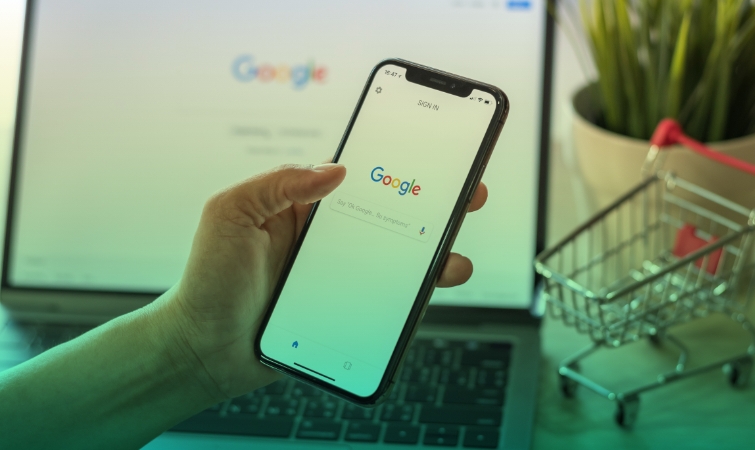What Are Core Web Vitals And Why Do They Matter?
You may be aware that Google announced in November of last year that they were making a page experience update to their algorithm that was gradually rolled out over the summer. Core Web Vitals are a set of user-focused metrics that Google uses to measure a page’s “health” in terms of providing a positive online user experience. According to Google’s Development blogs, “the page experience update will consider several page experience signals, including the three Core Web Vitals metrics.” These metrics include three primary areas of user experience, including:
- Page loading performance
- Ease of interaction and site’s accessibility
- Visual stability of a page from a user’s perspective
- Search Engine Optimization

So what does this mean for you? Google’s search ranking algorithm is moving towards being more user-centric in their approach. Based on the new Core Web Vitals, it will reward websites that score well in terms of their content loading time, first input delay and visual stability.
At Lapero, we’ve been monitoring this very closely and working with our teams to plan and implement the Core Web Vitals so as not to disrupt rankings and improve performance. Below, we will be explaining the metrics that Google is using when scoring your site and what you can do to improve them.
Largest Contentful Paint (LCP)
Largest Contentful Paint rating (LCP) refers to the average loading time of the meaningful content on a page, which includes both media and text. Google uses LCP to measure how quickly the first meaningful piece of content loads, telling them a webpage’s “perceived” load speed as opposed to how quick the page actually loads.

Core Web Vitals are scored on a page by page basis with each page being expected to load in less than 2.5 seconds in order to receive a passing score in this area. 47% of users expect a web page to load in two seconds or less, making on-page optimization crucial not only to improving your LCP score but also in reducing your site’s overall bounce rate.
It is important to note that, because it is measured at the page level, LCP can vary depending on the type of page. For example, on an eCommerce site a product’s image may be considered the most meaningful content on that product’s detail page while an H1 headline is for a blog or text-heavy landing page.
First Input Delay (FID)
First Input Delay (FID) is related to your users’ interactivity on the website. This is the metric used to measure the time from when a user inputs an action or command and the page executes it. These actions include things like clicking on an embedded link, call-to-action button, or just clicking keys in general. Google considers a score of less than 100 milliseconds to be best, and a score of more than 300 ms to be below their standards for SEO performance.

One thing that our team has found to be out of our control as developers when it comes to reducing FID score is the negative impact that third-party code can have on a site. The best thing that you as a webmaster can do for your website is to be sure that you are removing unused third-party tracking tags.
Cumulative Layout Shift (CLS)
Cumulative Layout Shift (CLS) refers to your website’s visual stability while it is loading. The website stability being measured with this metric includes taking a look at how sometimes things like images and buttons can look like they are bouncing as the site loads. This is an example of how CLS determines the visual stability of a page from a user perspective by considering factors such as layout shift, impact fraction, and distance fraction.
Visual stability enhances your website’s user experience. Making Optimizations with CLS in mind will help keep your users from making accidental clicks or getting frustrated by making an accidental click that leads them to a page other than the one that they intended to visit.
Next Steps Towards Improving Your Score
Our team is encouraging all of our existing clients as well as any prospective clients to meet with us to run a site audit and discuss work that can be done on their site to improve what is already in place. Many of our websites were developed before Google’s new Core Web Vitals algorithm changes were put into place, meaning that the sites were not developed with these scores directly in mind.
In addition to the development work that we are recommending, there are also a few content-related things that you can be doing on your end to help improve your Google ranking. First and foremost, you should always be conscious of the image files types and sizes that you are loading on your site. Image compressors like this one are your friend. You should also try to provide quality content that aligns with the search intent of your target audience.
If you would like any help developing a tailored strategy, our analysts would be happy to discuss our additional services that can support your team in content curation, keyword research, formatting, how a page is published, the technical foundation of the site it is published on, the page speed, backlinks and so on.